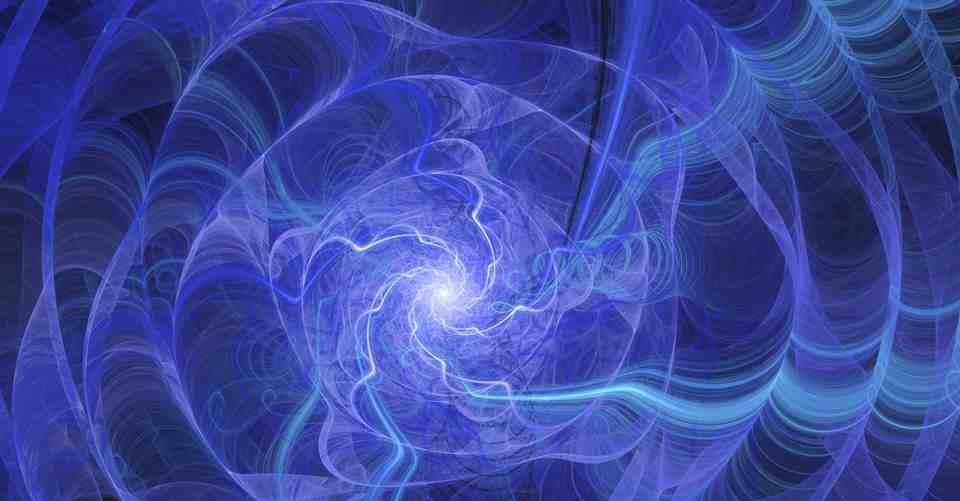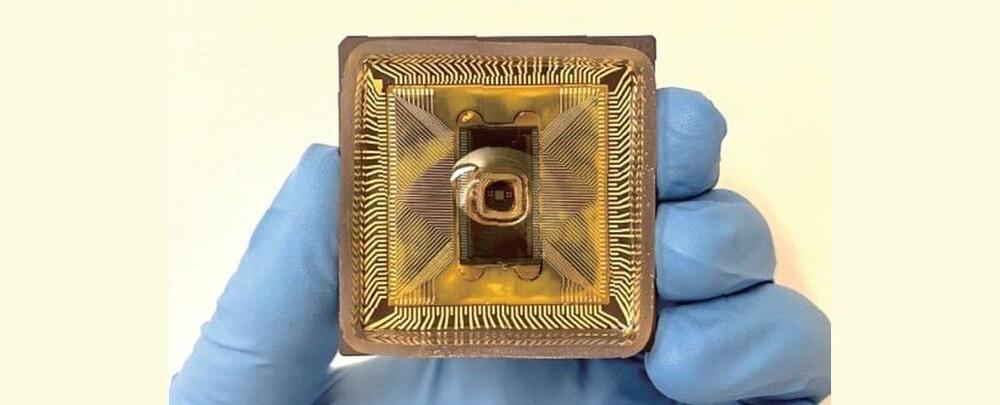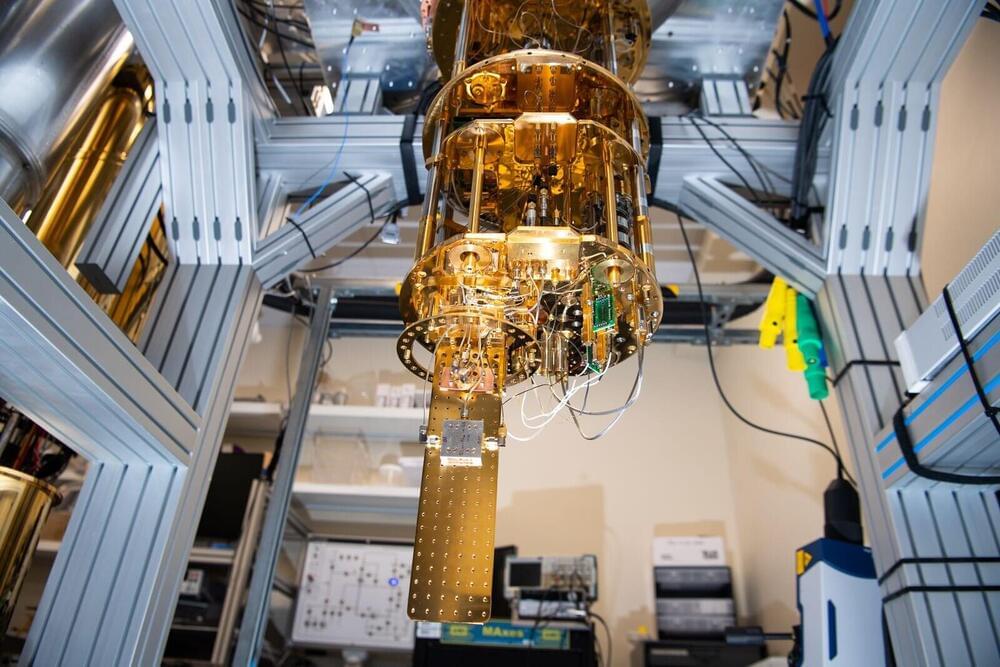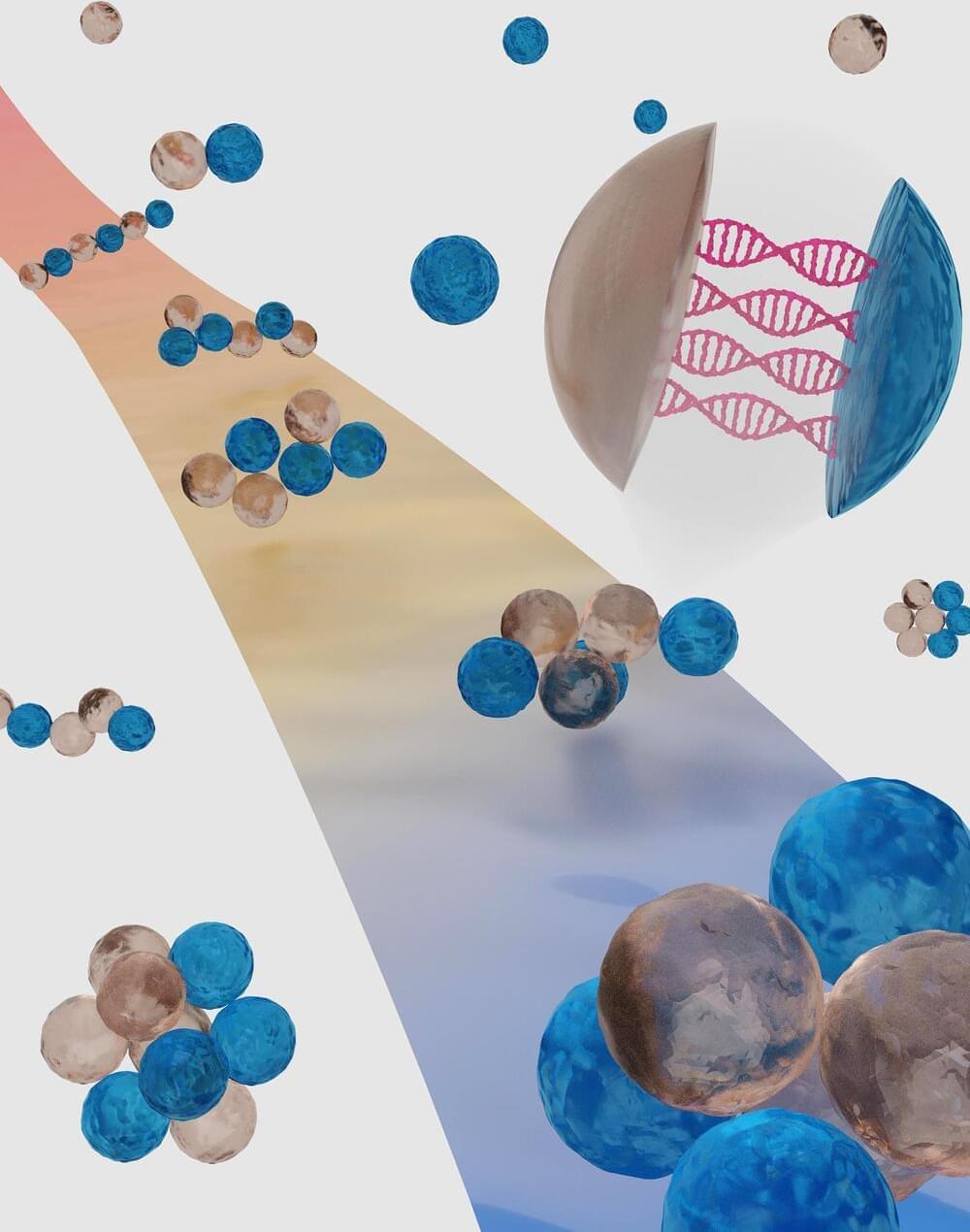Researchers observed an ultra-rare particle interaction that reveals the half-life of a xenon-124 atom to be 18 sextillion years.



Our universe may be fundamentally unstable. In a flash, the vacuum of space-time may find a new ground state, triggering a cataclysmic transformation of the physics of the universe.
Or not. A new understanding inspired by string theory shows that our universe may be more stable than we previously thought.
Within the first microseconds of the Big Bang, the universe underwent a series of radical phase transitions. The four forces of nature — electromagnetism, gravity, the strong nuclear force and the weak nuclear force — were at one time unified into a single force. Physicists do not know the character or nature of this force, but they do know that it didn’t last long.

An electrolyte moves ions – atoms that have been charged by either gaining or losing an electron – between the two electrodes in a battery. Lithium ions are created at the negative electrode, the anode, and flow to the cathode where they gain electrons. When a battery charges, the ions move back to the anode.
Battery innovations can take years to come to fruition because there are so many different chemicals involved in their production. Working out the ratio of chemicals and optimising them for peak use can be an arduous task.
However, when the research team used an automated arrangement of pumps, valves, vessels, and other lab equipment to mix together three potential solvents and one salt, and then fed those results through ‘Dragonfly’, they found that the AI delivered six solutions that out-performed an existing electrolyte solution.

The future of neural network computing could be a little soggier than we were expecting.
A team of physicists has successfully developed an ionic circuit – a processor based on the movements of charged atoms and molecules in an aqueous solution, rather than electrons in a solid semiconductor.
Since this is closer to the way the brain transports information, they say, their device could be the next step forward in brain-like computing.

Physicists at the Princeton Plasma Physics Laboratory (PPPL) have proposed that the formation of “hills and valleys” in magnetic field lines could be the source of sudden collapses of heat ahead of disruptions that can damage doughnut-shaped tokamak fusion facilities. Their discovery could help overcome a critical challenge facing such facilities.
The research, published in a Physics of Plasmas paper in July, traced the collapse to the 3D disordering of the strong magnetic fields used to contain the hot, charged plasma gas. “We proposed a novel way to understand the [disordered] field lines, which was usually ignored or poorly modelled in the previous studies,” said Min-Gu Yoo, a post-doctoral researcher at PPPL and lead author of the paper.
Fusion is the process that powers the Sun and stars as hydrogen atoms fuse together to form helium, and matter is converted into energy. Capturing the process on Earth could create a clean, carbon-free and almost inexhaustible source of power to generate electricity, but comes with many engineering challenges: in stars, massive gravitational forces create the right conditions for fusion. On Earth those conditions are much harder to achieve.

If you’ve ever tried to carry on a conversation in a noisy room, you’ll be able to relate to the scientists and engineers trying to “hear” the signals from experimental quantum computing devices called qubits. These basic units of quantum computers are early in their development and remain temperamental, subject to all manner of interference. Stray “noise” can masquerade as a functioning qubit or even render it inoperable.
That’s why physicist Christian Boutan and his Pacific Northwest National Laboratory (PNNL) colleagues were in celebration mode recently as they showed off PNNL’s first functional superconducting qubit. It’s not much to look at. Its case—the size of a pack of chewing gum—is connected to wires that transmit signals to a nearby panel of custom radiofrequency receivers. But most important, it’s nestled within a shiny gold cocoon called a dilution refrigerator and shielded from stray electrical signals. When the refrigerator is running, it is among the coldest places on Earth, so very close to absolute zero, less than 6 millikelvin (about −460 degrees F).
The extreme cold and isolation transform the sensitive superconducting device into a functional qubit and slow down the movement of atoms that would destroy the qubit state. Then, the researchers listen for a characteristic signal, a blip on their radiofrequency receivers. The blip is akin to radar signals that the military uses to detect the presence of aircraft. Just as traditional radar systems transmit radio waves and then listen for returning waves, the physicists at PNNL have used a low-temperature detection technique to “hear” the presence of a qubit by broadcasting carefully crafted signals and decoding the returning message.

Breakthrough opens up new possibilities for the creation of next-generation materials.
A new way to self-assemble particles has been created by a team of physicists. This advance offers new promise for building complex and innovative materials at the microscopic level.
Self-assembly, introduced in the early 2000s, gives scientists a means to “pre-program” particles, which allows for the construction of materials without further human intervention. This is basically the microscopic equivalent of Ikea furniture that can assemble itself.

Scientists managed to start the same chemical process that powers the Sun on August 8, 2021, by putting more electricity into a tiny gold capsule than the entire US electric system could handle.
It is extremely astonishing how the power of 192 laser beams sparked the same thermonuclear fire that fuels the Sun for a nanosecond.
The Sun produces energy by hurling hydrogen atoms together, generating helium in the process. We are now closer than ever to being able to harness chemical reactions with enough force to power the Sun. This is possible because fusion power technology has advanced.


Circa 2019
Lodestone, a naturally-occurring iron oxide, was the first persistently magnetic material known to humans. The Han Chinese used it for divining boards 2,200 years ago; ancient Greeks puzzled over why iron was attracted to it; and, Arab merchants placed it in bowls of water to watch the magnet point the way to Mecca. In modern times, scientists have used magnets to read and record data on hard drives and form detailed images of bones, cells and even atoms.
Throughout this history, one thing has remained constant: Our magnets have been made from solid materials. But what if scientists could make magnetic devices out of liquids?
In a study published Thursday in Science, researchers managed to do exactly that.